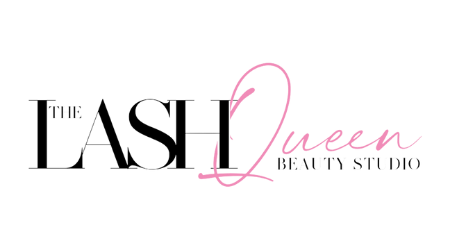Is the lash industry dying? Understanding the Resilience of the beauty industry
In recent years, the beauty industry has witnessed a surge in popularity, with various trends and practices captivating consumers worldwide. One such trend that has gained significant traction is the lash industry, with eyelash extensions, lifts, and enhancements becoming increasingly popular among individuals seeking to enhance their natural beauty. However, as with any trend, questions arise about the longevity and sustainability of the lash industry. In this blog post, we explore whether the lash industry is dying and investigate the resilience of the beauty sector, known for being recession-proof.
The Rise of the Lash Industry
The lash industry has experienced remarkable growth in recent years, driven by advancements in technology, social media influence, and changing beauty standards. Eyelash extensions, in particular, have become a staple beauty treatment for many individuals, offering a convenient way to achieve fuller, longer lashes without the need for mascara. The demand for lash services has led to the proliferation of lash salons and technicians worldwide, catering to a diverse clientele seeking to enhance their natural features.
While the popularity of the lash industry is undeniable, questions have been raised about its sustainability and long-term viability. Some critics argue that the market may become oversaturated, leading to a decline in demand and profitability for lash technicians and salon owners. Additionally, changing consumer preferences and economic factors could potentially impact the growth and success of the lash industry in the future.
The Resilience of the Beauty Industry
Despite concerns about the sustainability of individual beauty trends like the lash industry, the beauty sector as a whole has demonstrated remarkable resilience over the years. The beauty industry is often considered recession-proof, meaning that it tends to be less affected by economic downturns compared to other industries. This resilience can be attributed to several factors:
1. Intrinsic value: Beauty products and services are often viewed as essential or high-priority expenditures for many consumers, regardless of economic conditions. People tend to prioritize self-care and grooming, even during times of financial uncertainty.
2. Innovation and adaptability: The beauty industry is constantly evolving, with new trends, products, and services emerging regularly to meet changing consumer preferences. Beauty businesses that can innovate and adapt to market trends are more likely to thrive in both good and challenging economic times.
3. Emotional connection: Beauty products and services are closely tied to self-esteem, confidence, and personal expression for many individuals. This emotional connection can drive consumer loyalty and sustained demand for beauty offerings.
While the sustainability of individual segments within the beauty industry, such as the lash industry, may be subject to fluctuations and market dynamics, the overall beauty sector remains robust and resilient. The intrinsic value, innovation, and emotional connection associated with beauty products and services contribute to the industry's recession-proof nature, ensuring its continued growth and relevance in the years to come.
As the beauty industry continues to evolve and adapt to changing consumer preferences and economic conditions, businesses in the sector must stay attuned to market trends, invest in innovation, and prioritize customer satisfaction to thrive in a competitive landscape. While the future of the lash industry may be uncertain, the enduring appeal of beauty and self-care is likely to sustain the industry's growth and relevance in the long run.
About Lash Queen Products
Lash Queen Supplies is a one-stop shop for everything lash. We offer high-quality lash extension products, tools, and accessories designed to last. You'll find everything you need to glam up your natural lashes at Lash Queen Supplies. Lash Queen Supplies offers high quality lashes and lash extension products, including a variety of lashes, lash applicators, tools, adhesives and more.
Fabulous Quality Guaranteed
Our lash products are amongst the finest quality eyelash extension supplies on the market. Our lash supplies are vegan, cruelty-free and ideal for lash professionals only.
















